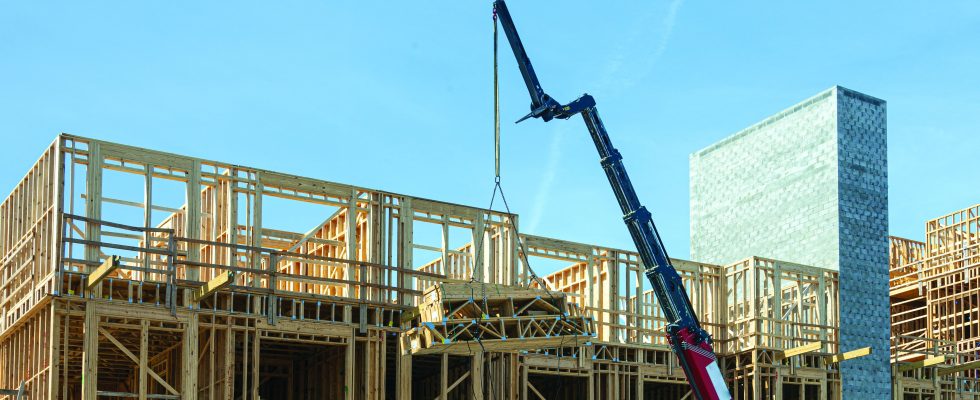What to do with dozens of wall lamps in office corridors, electrical outlets at each corner of the walls or slabs of tiles in the entrance hall when a building is demolished? Why not reuse them directly in a new project, which would limit waste and investment in new equipment?
The building sector produces 46 million tons of waste
The construction sector alone is responsible for 25 to 30% of the waste produced in Europe, which, according to the Ministry for Ecological Transition, corresponds to approximately 46 million tonnes thrown away per year, of which almost half come from demolition operations. By way of comparison, household waste represents 30 million tonnes. However, the construction sector has a lot of leeway since the recovery rate of its debris is only around 50% according to various estimates.
Hence, in recent years, the proliferation of initiatives to facilitate the recovery of materials and equipment from deconstruction work. Thus, in 2022, the Technical and Scientific Building Center (CSTB) launched a collective approach to target the products most conducive to reuse.
An official list of reuse materials
A list of 29 families of “PEM” (product equipment materials) has been established, in which we find (among others) parquet floors and doors, taps, electrical panels and switches, lighting, but also tiles, slates or bricks, prefabricated concrete elements (slabs, beams, window sills) or wood or metal joinery (stairs, frames). A welcome classification for professionals, even if many obstacles remain. “Re-use in France is not developed enough because of technical difficulties, insurance and standards”, explains Christine Leconte, president of the Order of Architects.
“Let’s simply take the problem of storage: if we deconstruct a building, without demolishing it, where can we store the materials while waiting to find a new life for them?” The architect believes that there should be a dedicated platform for each major city, or several per region. Today, existing storage sites, mostly managed by private companies, have limited capacities. When reuse is not possible, there remains the solution of recycling. Certain materials, such as reinforced concrete, which are difficult to recover as they are, can be reduced to mineral aggregates to form road components, for example. Wood, the king material of “green” construction, can be transformed into paper, chipboard, wood wool, furniture, mulch or pallets… Different forms that give it several lives.
Some future shipyards already integrate the recycling and reuse of the original resources into their plans. Like that of the rehabilitation of the former premises of the Caisse d’Epargne Rhône-Alpes de Lyon, whose 29,000 square meters will be converted into shops, offices and housing. This project aims to use at least 50% recycled or reused materials, i.e. approximately 450 tonnes: bicycle racks made from the remains of false ceilings, ventilation grilles adapted to the walls, reuse of concrete elements in street furniture of the neighborhood… There is no shortage of ideas. Several networking, collection or redistribution platforms also promote these new practices (mineka.fr, mobius-reemploi.fr, cycle-up.fr, backacia.com, valdelia.org…). The uses of the future are already there.
